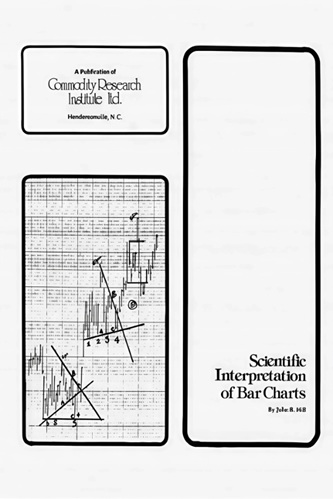Articles
Short-Term Gap Trading By Jay Kaeppel
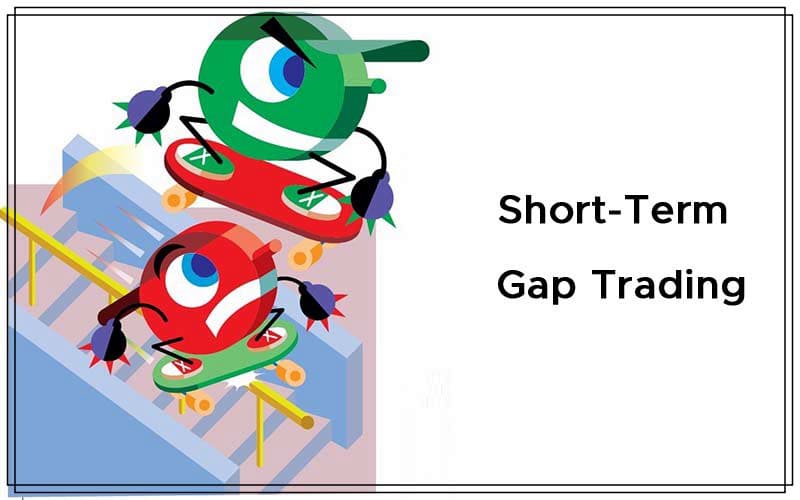
Using one of the most widely recognized market events, this simple technique provides a useful framework for any trader looking to develop a short-term method. Every trader looks for an edge in the markets. Sometimes that edge might involve a complex set of mathematical calculations, while at other times it might involve a gut feel for a situation that the trader has experienced before. For others still, it might involve:
- A simple technique that is
- Combined with the recognition that the technique will not always be correct, and
- Understanding that risk controls and money management methods must be included in order to
- Maximize profits when things go as planned and
- Cut losses when they do not.
To illustrate this concept, let’s talk about one such technique using one of the simplest market events, commonly known as the gap.
THE SIMPLE GAP
For our purposes, an “up” gap day occurs when the low of one day for a given security is above the high price established during the previous trading day, while a “down” gap day occurs when the high of one day for a given security is below the low price established during the previous trading day. A day is deemed a “gap day” if today’s high to low price range does not intersect with yesterday’s high to low range. So if a security gaps higher to a price that is above yesterday’s high but falls back below the previous day’s high, it does not meet our definition.
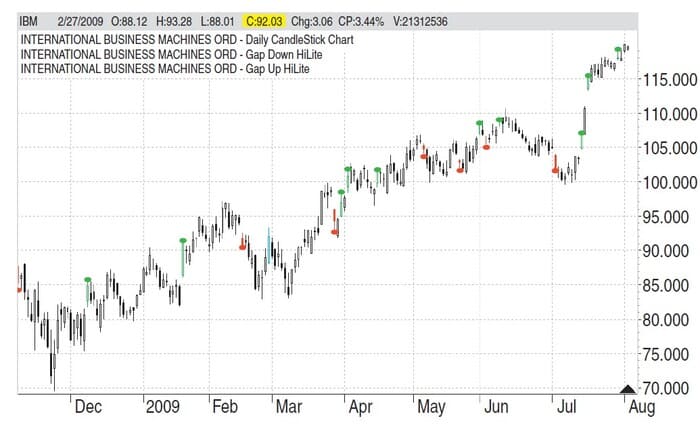
FIGURE 1: GAP DAYS. Note the number of gap days on the chart. Up gaps are highlighted with green dots, while down gaps are highlighted with red dots. Note that the days marked in green and red have no intersection with the previous day’s price range.
Figure 1 displays a candlestick chart for IBM. On the chart, you will note a number of such gap days. Up gaps are highlighted with green dots, while down gaps are highlighted with red dots. The days marked in green and red have no intersection with the previous day’s price range. On one hand, we can argue that a gap conveys important information because it tells us that a strong opinion in one direction has taken hold in a very short period of time (that is, since the last close). So it would make sense to go with the market in the direction of the gap. At the same time, those who have been around for a while recognize that it could be foolhardy to buy into every up gap and sell short into every down gap.
Suggested Books and Courses About Chart Patterns
While a gap implies a market imbalance and may suggest an impending price direction, there are many factors that affect the price of any given security. Therefore, once a gap opening plays out, it is possible that all the primary buying (or selling) has already taken place and a reversal may follow as that temporary imbalance of demand (or selling pressure) abates. So rather than assuming that each gap is a meaningful signal, let’s add some simple filters to make this event somewhat more useful.
ADDING FILTERS
The first filter we will add is a 200-day moving average of closing prices. This is one of the simplest ways available to get a sense of the longer-term trend. As such, if the latest closing price for a given security is above its 200-day moving average, we will designate the trend as “up.” Conversely, if the price for a given security closes below its 200-day moving average, we will designate the trend as “down.” If a security is deemed to be in an uptrend, we will only look at up gaps. Likewise, if a security is deemed to be in a down-trend, we will only look at down gaps.
For a second filter, we want to be sure there is at least some follow-through before we consider using a gap to signal a trade. To enter a long trade, we will look for the security in question to follow through to the upside by taking out the high of the gap day on the very next trading day, and likewise, on the downside. We will look for the security to follow through by taking out the low of the gap down day on the very next trading day. Otherwise, the gap is ignored. Here are the steps for a bullish indication:
- A security closes above its 200-day moving average
- Today’s low is above the high for the previous trading day
- On the very next trading day, the security takes out the high of the gap day.
Here are the steps for a bearish indication:
- A security closes below its 200-day moving average
- Today’s high is below the low for the previous trading day
- On the very next trading day, the security takes out the low of the gap day.
WHAT IT LOOKS LIKE
Here’s an example. In Figure 2 you see a stock trading above its simple 200-day moving average. Each up gap is marked with a green dot. If on the next trading day the security makes a high that is above the high on the up gap day (that is, the day with the green dot), we will assume that a long position was entered. Those days are marked by an arrow pointing up.
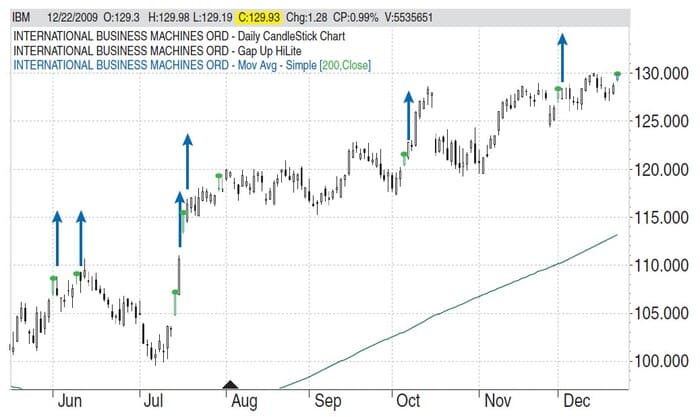
FIGURE 2: APPLYING FILTERS. Each up gap is marked with a green dot. If on the next trading day, the security makes a high that is above the high on the up gap day (that is, the day with the green dot), we will assume that a long position was entered. These days are marked by an arrow pointing up.
The purpose of applying the filters I mentioned earlier is to focus only on those gaps that are in line with the primary trend and also exhibit some follow-through in the direction of the gap. That said, it should never be assumed that this is some magic formula or any particular instance that will result in a winning trade.
MANAGING THE TRADE
The purpose of this piece is not to present a finished trading system but to illustrate a way to look at price gaps in a constructive manner (and also to filter out gaps that have no meaning beyond the day on which they occur). So from here, each trader must decide on an exit technique that fits his or her own trading style. Because gaps highlight short-term imbalances in buying and selling demand, and because we are waiting for more follow-through before entering a trade, it makes sense to look for a quick exit, particularly if the security follows through in the anticipated direction. In a sense, a trader should look to exit the trade or take partial profits and enact a trailing stop, no later than the close of trading on the day after the trade is entered. So the scenario might go as follows:
- Day 1: Security closes above its 200-day moving average and today’s low is above yesterday’s high.
- Day 2: Security trades above the high price for day 1; a long position is established.
- Day 3: Look to exit the trade either on a stop-loss order, a profit target, or at the close of day 3.
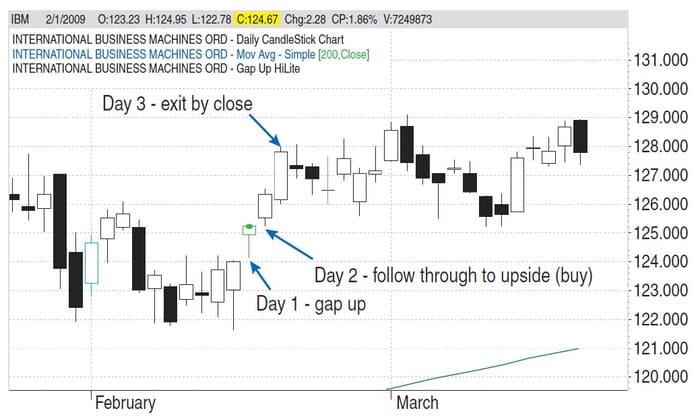
FIGURE 3: MANAGING THE TRADE. The trade would show a profit since the security followed through with a move to the upside. This will not always be the case, which is why it is essential to develop a stop-loss rule to minimize losses that may occur if the security goes in a direction opposite of what may have been anticipated.
Figure 3 illustrates an example of this particular scenario. The example trade would show a profit as the security followed through with a move to the upside. This will not always be the case. Thus, it is essential to develop some sort of stop-loss rule in order to minimize losses that might occur if the security being traded does the opposite of what the trader might hope.
SUMMARY
As stated earlier, no one should assume that neither the basic concept of trading based on gaps nor the example scenario laid out here will generate trading profits. Each trader must do some homework and determine if the concepts described might add value to their own trading campaign. The real position in this piece is to point out the process of:
- Taking a market event (such as a gap)
- Adding a filter or filters to increase the probability of success (200-day moving average and a follow-through in the direction of the gap on the very next trading day)
- Setting up an entry trigger (taking out the gap day high)
- Putting in place specific trade exit criteria (exit no later than the close of the trading day after entry plus presumably a stop-loss order).
This process provides a useful framework for any trader looking to develop a successful short-term trading method.
Jay Kaeppel, an independent trader, is the author of Seasonal Stock Market Trends and writes a weekly column titled “Kaeppel’s Corner” for Optionetics.com.


